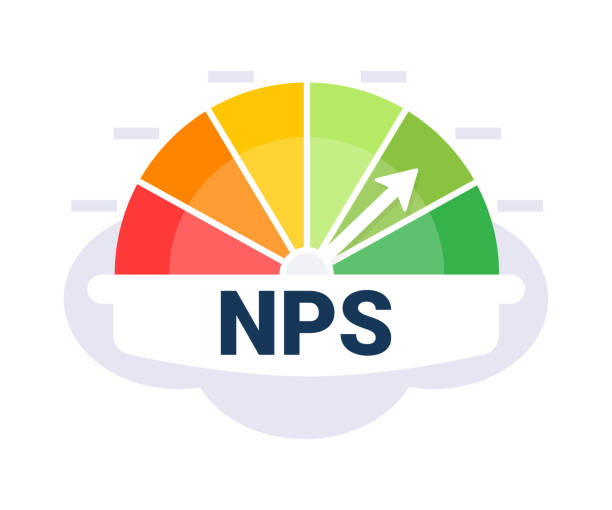
NPS Vs PPF Vs EPF
NPS Vs PPF Vs EPF: Know how they differ and how they fit in your financial plan
NPS Vs PPF Vs EPF: How all these 3 schemes help you create wealth over the long term
Most salaried employees face a common situation – Even though I am saving involuntarily towards the Employees’ provident fund, should I also open PPF and NPS account to save towards retirement and long-term goals? Here, we take up the topic of NPS Vs PPF Vs EPF and cover it extensively to help you take a better-informed decision.
At the outset, let us look at what makes them more-or-less similar schemes. EPF and PPF represent debt assets i.e. your money is not put into the stock market but primarily into fixed-income securities.
Also, they offer a fixed interest rate to the subscribers. NPS, on the other hand, is a market-linked investment and does not offer a fixed return. NPS subscribers have the option to choose an asset class such as equity or debt to invest and grow their money. Lastly, another important differentiator – EPF and PPF provide a lump sum on maturity while in NPS only 60 percent of the corpus can be withdrawn as a lump sum, while pension is to receive compulsory on the balance 40 percent of the corpus.
Now, let’s dive deeper into these schemes.
Under the Employees’ Provident Fund (EPF), an employee has to pay a certain contribution towards the scheme, and an equal contribution is paid by the employer. Employer contributions are equal to 12% (which an employee may choose to increase) of basic salary plus dearness allowance and retention allowance, with the employer making equal pay as well. At retirement, the individual receives a lump sum that includes both their own and the employer’s contributions, along with interest on both. Additionally, employees may boost their own contribution to the provident fund from a minimum of 12% to a maximum of 100%. These contributions are a component of VPF and get an interest on the same scale as EPF. Depending on the annual interest rate set by the government, the PF balance continues to generate a tax-free return until retirement.

Now, let us look at how PPF works and what it offers. PPF is a debt asset because it is a 15-year savings plan with a guaranteed return till maturity. However, the interest rate continues to fluctuate in accordance with the rate set by the government at the beginning of each quarter of the fiscal year.
The PPF maturity amount is tax-free, and once the PPF matures, one may extend the tenure in blocks of five years. The main benefit of PPF is that it allows you to build up a tax-free corpus, and the annual compounding ensures that you still get income even in years where you make little or no contributions. You can save anything from Rs. 500 to Rs. 1.5 lakh every year under PPF.
As we saw above, EPF and PPF are debt schemes. Lastly, we see what NPS is and how it differs from EPF and PPF.
Unlike EPF, PPF, the NPS is a retirement focused scheme with an in-built feature of compulsory pension. In NPS, one must continue investing after starting an NPS account, and the plan matures at age 60. Up to 60% of the corpus may be withdrawn as tax-free cash upon NPS maturity. To begin receiving a lifetime pension, the balance funds must be transferred to a life insurance company.
But, importantly, NPS differs from EPF and PPF when it comes to returns. The returns in NPS are not fixed but depend on the performance of equity or debt fund options. Aggressive investors may choose to opt for equity funds while conservative investors may go with debt funds.
An investor might not need any other debt investments other than EPF and PPF unless they have a financial goal that is due in about three years. EPF is basically a compulsory savings scheme while PPF helps to generate tax-free corpus with sovereign guarantees.
However, creating a sizeable corpus without taking the benefit of the potential that equity has, could be difficult. This is where the role of NPS comes into saving tax-free corpus and also providing pension during the retirement years. Therefore, do not ignore any of these investment products, rather use them optimally to create wealth for self and your legal heirs over the long term.
Every individual’s needs are different and we are here to help you out carve out a specific investment plan based on your goals, needs, and aspirations. To know how much you need to save each month for a comfortable retirement, do get in touch with us by clicking here.
